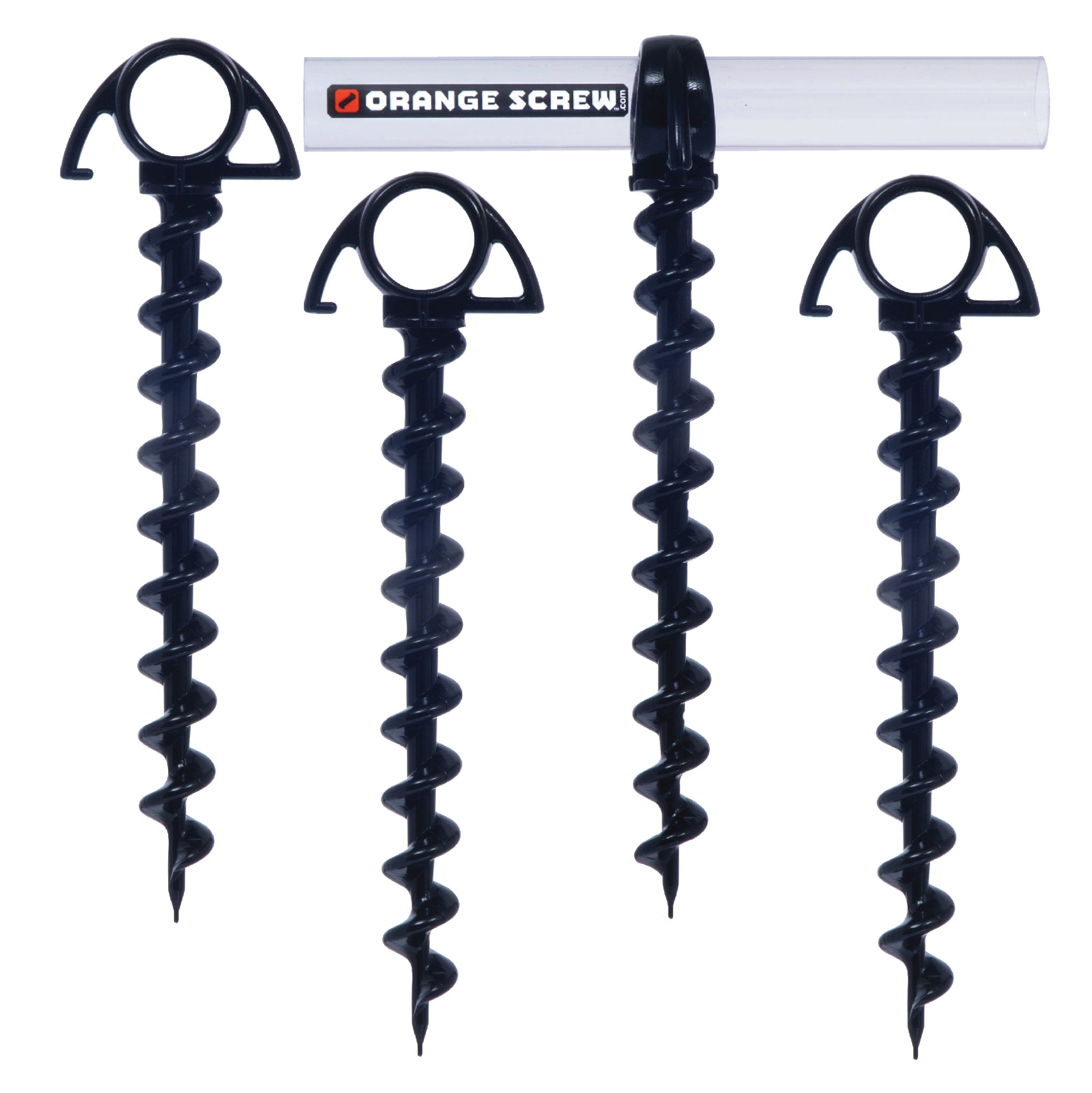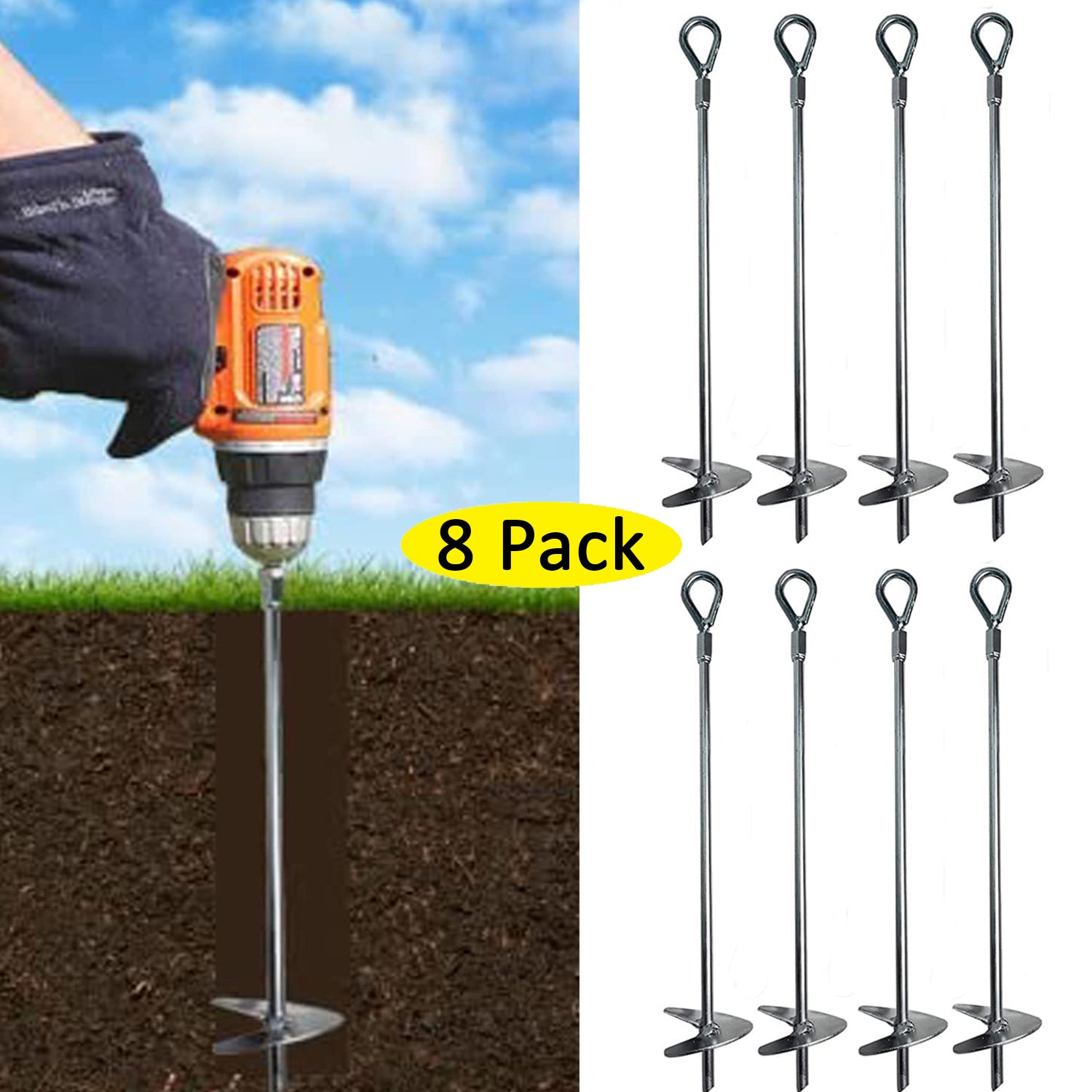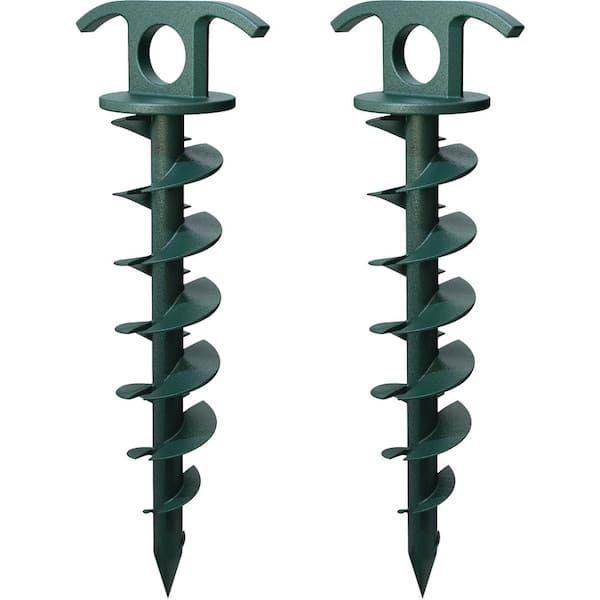The Mechanics of a High-Performance Ground Anchor System
The Mechanics of a High-Performance Ground Anchor System
Blog Article
Discover the Necessary Uses Ground Anchor in Building and Landscape Design
Ground anchors are important components in both construction and landscaping, offering vital stability and support throughout various applications. Their function in securing heavy devices and enhancing dirt retention emphasizes their significance in promoting safety and security and sustainability.
Safeguarding Fences and Gates
Securing gates and fencings is a fundamental facet of residential property delineation and safety and security in both household and industrial environments. Ground supports play an important duty in making sure that these frameworks stay stable and reliable gradually. By offering a robust anchoring solution, ground supports help avoid fencings from leaning or breaking down as a result of ecological variables such as wind, dirt disintegration, or ground movement.
In household settings, effectively secured fencings not just boost the aesthetic allure of a residential or commercial property yet additionally supply safety and security for family members and animals. Also, in business environments, safe and secure fence is essential for safeguarding possessions, defining residential property boundaries, and guaranteeing the safety of employees and clients. Ground supports can be set up in different soil kinds and problems, making them functional for different tasks.
Additionally, the use of ground anchors permits a much more permanent remedy contrasted to standard techniques, such as concrete footings, which can be labor-intensive and taxing. Ground Anchor. This effectiveness is particularly useful in landscaping projects where timelines are vital. On the whole, the combination of ground anchors into fencing and gate installations considerably adds to their long life, capability, and general performance in securing residential properties
Maintaining Momentary Frameworks
While momentary structures are often developed for short-term usage, their stability is essential for ensuring safety and performance during their functional duration. Ground supports function as an effective remedy for maintaining these structures, which might include camping tents, stages, or modular structures. By anchoring these setups safely to the ground, ground supports assist stand up to wind uplift and lateral forces that could endanger the integrity of the framework.

Furthermore, the use of ground supports enables for very easy removal and repositioning of temporary frameworks, making them an ideal choice for construction sites or occasions that call for versatility. In general, ground supports are a crucial tool in the effective and safe monitoring of momentary frameworks, ensuring they perform accurately throughout their planned usage.
Supporting Maintaining Wall Surfaces
Utilizing ground supports substantially enhances the structural stability of preserving walls, which are necessary for handling dirt erosion and keeping landscape stability. Retaining wall surfaces go through lateral planet pressures, and without ample support, they can stop working, resulting in pricey repair services and potential damage to surrounding structures. Ground supports provide a trustworthy solution by moving the load from the wall right into the underlying soil or rock, ensuring the wall stays safe and upright.
These supports are typically installed at a fixed angle and deepness, permitting them to stand up to the pressures exerted by the maintained dirt. By utilizing high-tensile toughness products and correct installation techniques, ground anchors can dramatically enhance the wall surface's performance under various ecological conditions, consisting of heavy rainfall and seismic activity.
On top of that, making use of ground anchors can decrease the need for considerable excavation and material usage, promoting more sustainable building and construction practices. This method not only enhances the sturdiness of maintaining walls however also minimizes the overall footprint of landscaping projects. As a result, incorporating ground supports in preserving wall surface layout is a crucial practice for both construction experts and landscape engineers aiming to ensure lasting security and safety.
Anchoring Heavy Tools

Ground anchors offer a reputable approach to protect equipment, distributing forces evenly and strengthening security. The use of supports enables operators to work confidently, specifically when raising or moving heavy tons. Additionally, in scenarios where machinery have to be placed on unsteady or soft dirt, ground anchors can be installed to boost grip and prevent tools from becoming or sinking immobilized.
Implementing a systematic technique to securing heavy equipment not only boosts functional performance yet additionally upholds safety and security criteria on website. Regular evaluations and upkeep of anchoring systems are vital to ensure their continued effectiveness. By focusing on the anchoring of hefty tools, building and construction and landscaping experts can produce safer work settings, inevitably causing even more effective project end results.
Enhancing Dirt Retention

Soil disintegration postures a substantial difficulty in both building and construction and landscape design jobs, making reliable dirt retention strategies crucial. Ground anchors play an important duty in enhancing dirt retention by giving stability to structures and plant life, thereby preventing dirt variation caused by water drainage and wind.
The installation of ground anchors involves installing steel rods or cable televisions deep right into the soil, which are after that secured to retaining walls, terracing systems, or greenery. This anchoring mechanism not just stabilizes the dirt but additionally improves the overall integrity of landscaping attributes. As an example, in sloped areas, ground anchors can be utilized to sustain retaining wall surfaces, efficiently minimizing the risk of landslides and dirt erosion.
Additionally, these supports help in the establishment of deep-rooted plants, which additionally fortify the dirt framework. By encouraging origin growth, ground supports contribute to a durable environment that naturally holds soil imp source in position, minimizing the requirement for synthetic obstacles or constant maintenance.
Verdict
In verdict, ground supports serve numerous critical features in construction and landscaping. By helping with these essential jobs, ground supports contribute substantially to the overall stability of different projects, guaranteeing resilience and sustainability in both business and household setups.
By giving a robust anchoring solution, ground anchors assist avoid fences from leaning or breaking down due to ecological aspects such as wind, soil erosion, or ground activity. - Ground Anchor
By anchoring these installations safely to the ground, ground supports aid withstand wind uplift and side pressures that might compromise the stability of the structure.
Making use of go to these guys ground supports dramatically boosts the architectural stability of maintaining wall surfaces, which are necessary for managing dirt disintegration and preserving landscape stability. Ground supports supply a trustworthy option by transferring the load from the wall surface right into the underlying dirt or rock, ensuring the wall surface continues to be upright and safe.

Report this page